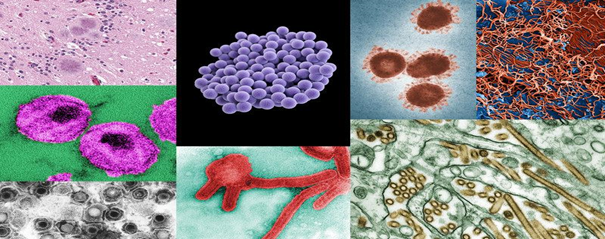

Mushrooms, Peaches, Onions- nothing seems to be free from Salmonella. Salmonella is a food borne pathogen which causes diarrhea and vomiting when fecal contaminated food goes inside the human body.
Since last year, the world has seen a high number of Salmonella outbreaks in quite a variety of food and this has been keeping the bacteria in the news for a very long time. According to CDC, an outbreak of Salmonella is defined as “two or more people get the same illness from the same contaminated food or drink”, so if we go by this definition, there have been three outbreaks of foodborne Salmonella, in addition to four outbreaks linked to animals, in the world this year. The report by CDC estimates that Salmonella bacteria causes about 1.35 million infections, 26,500 hospitalizations, and 420 deaths in the United States every year.
it is a very diverse bacterium and there are about 2500 different Salmonella serotypes, out of which 100 types typically cause human disease. With a diverse habitat, it has proved to become a serious health hazard as sometimes its source of origin is not traceable. Food borne outbreaks related to Salmonella are most commonly due to intake of contaminated food harvest & poultry products that are not cooked well or are eaten raw. For example, this year a multistate outbreak was observed in Canada where 1127 people got infected with Salmonella after consuming onions from Thomson International Inc.
So the next question that rises is–Are the Salmonella infections serious and if they are then what should be done to prevent them.
The infection is usually not very serious at the initial stage but can get fatal if not treated timely. The symptoms of this disease usually arise within 6 hours to 4 days after eating a contaminated food. These symptoms include diarrhea, fever, stomach cramps and in severe cases bloody stools. Initially the bacteria can be kept in check by regularly monitoring the food processing units for any such bacterial contamination. Issues of bacterial contamination can be routinely addressed by regular surveillance of processing units using contact plates/swab testing. Some bacteria can also be introduced into the food at the farm level. It is therefore exceptionally important for all food manufacturers to rigorously test for Salmonella to ensure no contaminated products are released to the public.
Traditional Method for Salmonella Detection in Food samples (According to EN ISO 6579-1)–
In such cases, the patients are advised to immediately visit the hospital for their stool examination. The Stool test will help in identifying the presence of Salmonella spp. in the suspected sample. For rapid identification of the pathogen, the microbiologists commonly use the Chromogenic media which gives diagnostic colours for specific cultures, thus aiding in presumptive identification of the infection causing bacteria. Hospitals may use the Chromogenic A. Rambach agar which is developed mainly focusing the isolation of Salmonella species from clinical samples. For example, one can easily identify the pathogen causing typhoid by plating the suspected samples on to the chromogenic A. Rambach agar media and observing the bacterial growth as red colonies after incubation.
Picture showing the plating of Salmonella typhimurium(as red colonies) against Escherichia coli (as green colonies) on Chromogenic A. Ram Bach Agar
With reliable testing and effective treatment, this infection can be cured easily within 4-7 days after onset of symptoms.
Please visit us our Products Page – https://www.tmmedia.in/products/

Maintaining the highest standards of quality and safety is paramount in pharmaceutical manufacturing. Strict adherence to current good manufacturing practices...
Read More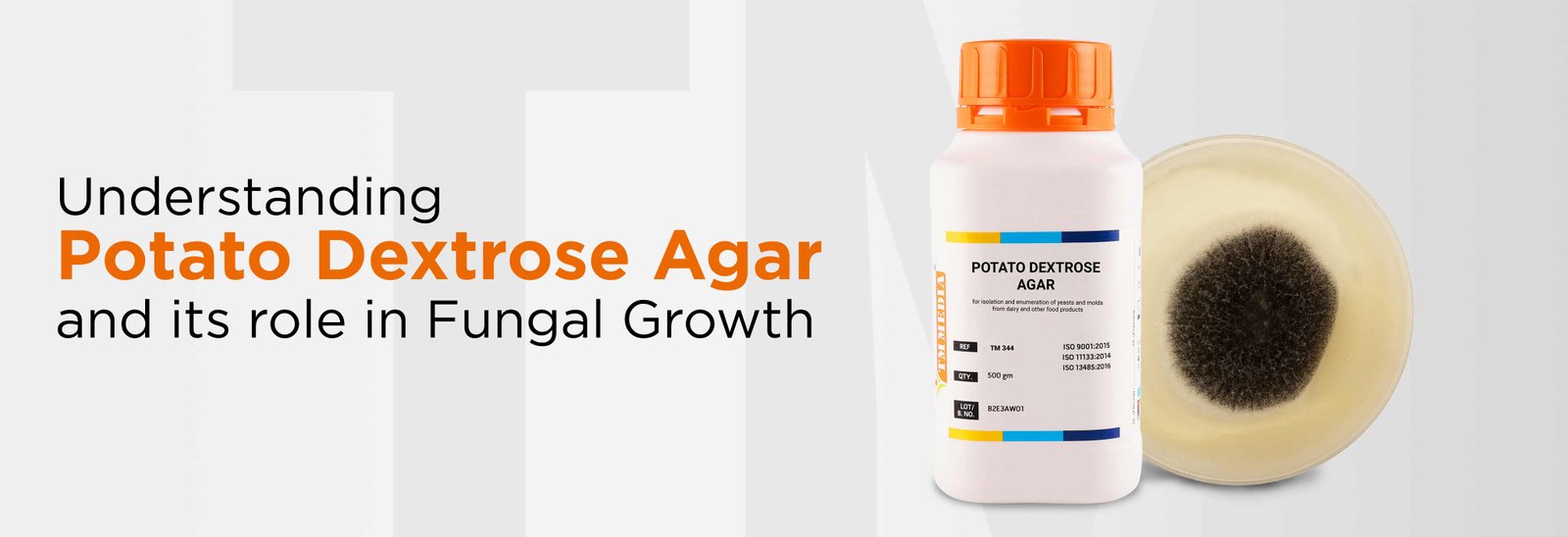
Potato Dextrose Agar (PDA) is a widely utilized medium in microbiology, specifically designed for the isolation and enumeration of yeasts...
Read More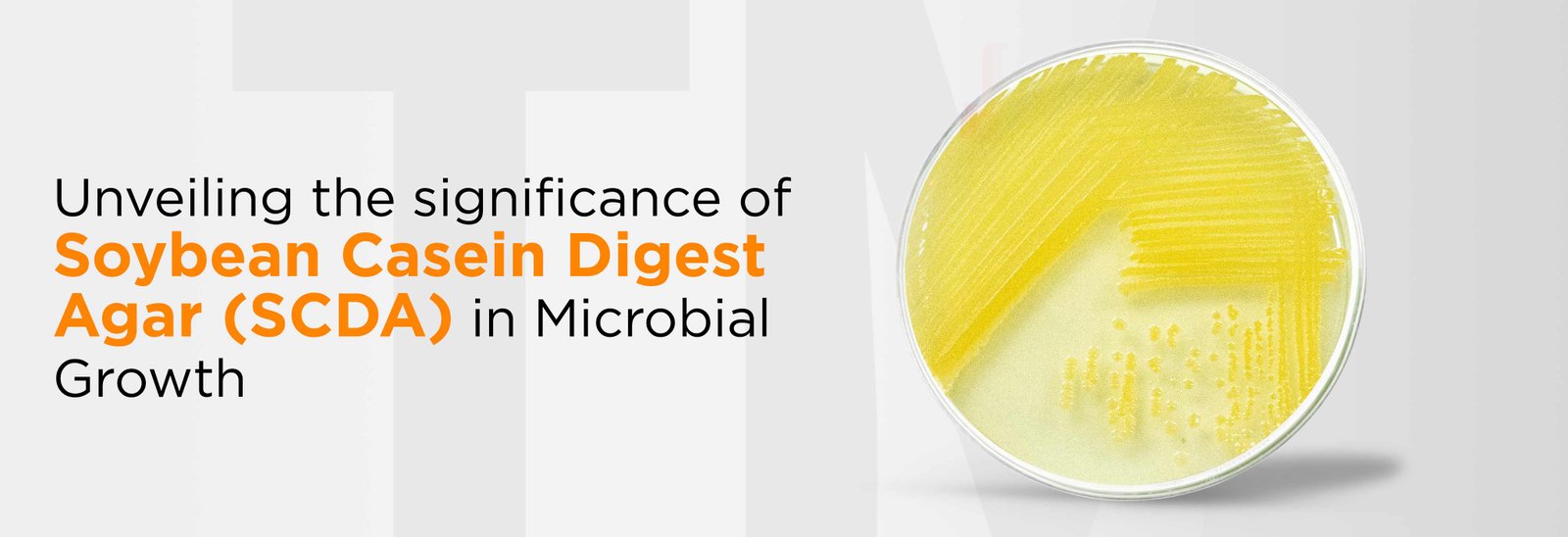
In the complicated world of microbiology, where precision and reliability are of utmost importance, Soybean Casein Digest Agar (SCDA) stands...
Read More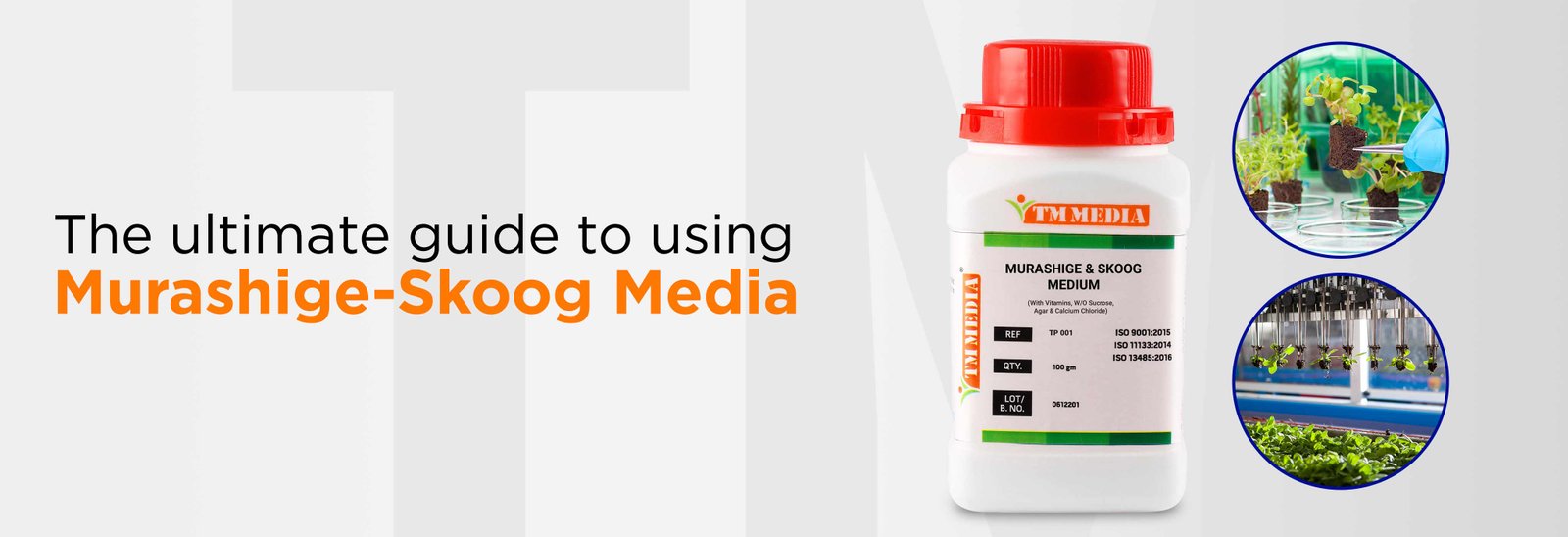
Have you ever wondered how scientists can grow entire plants from just a few cells in a laboratory? The answer...
Read More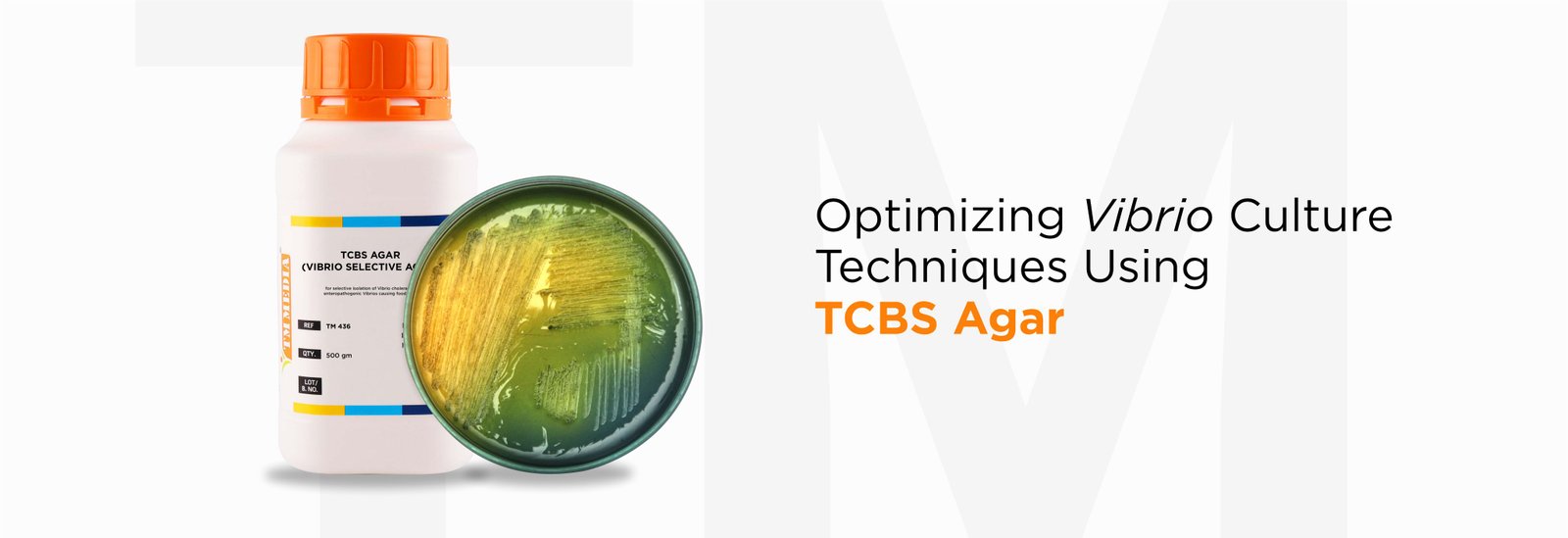
In the world of pathogenic identification, one crucial player in the isolation and cultivation of Vibrio species is Thiosulfate-citrate-bile salts-sucrose...
Read MoreMicrobiology, as a scientific discipline, relies heavily on precise tools and methodologies for understanding the details of the microbial world....
Read More